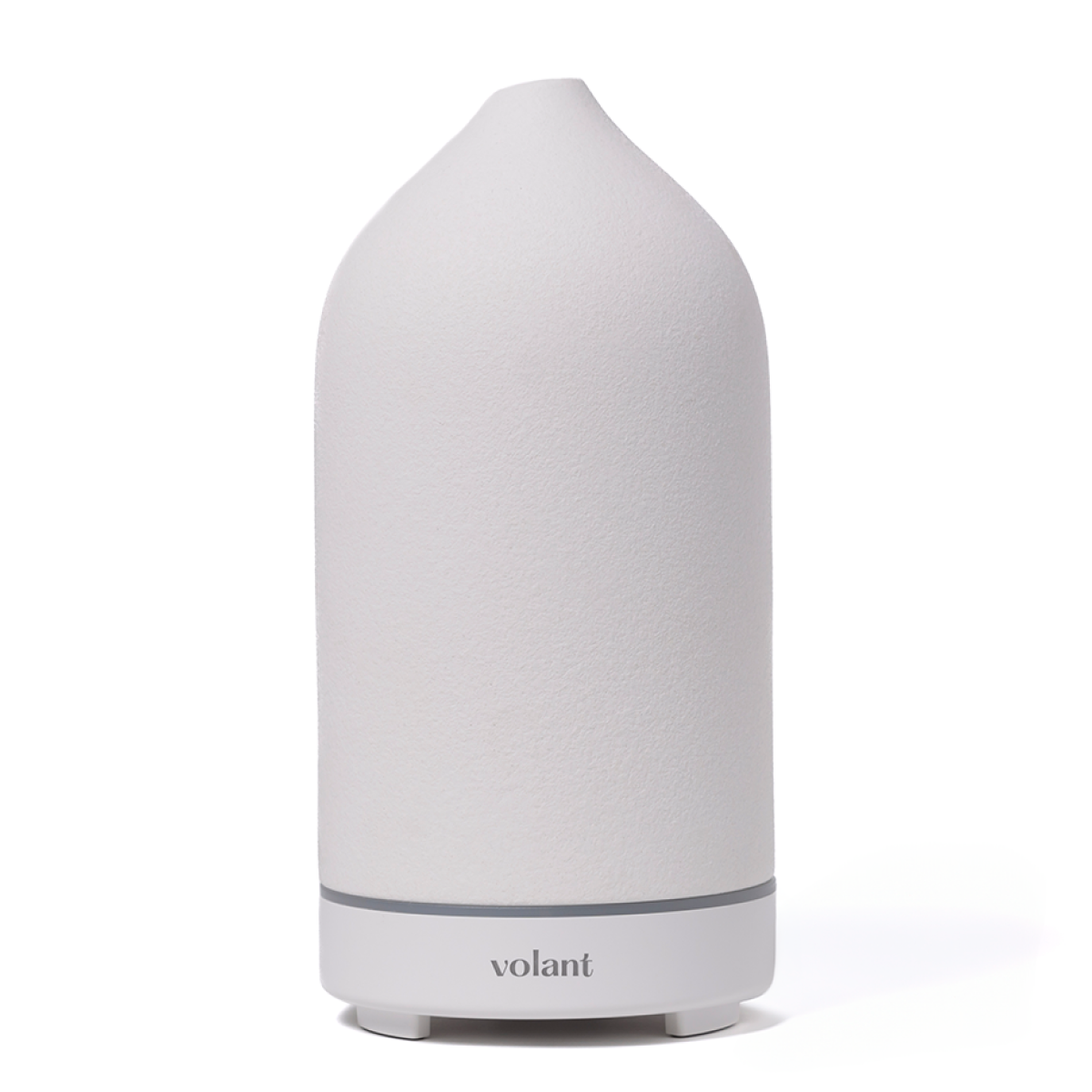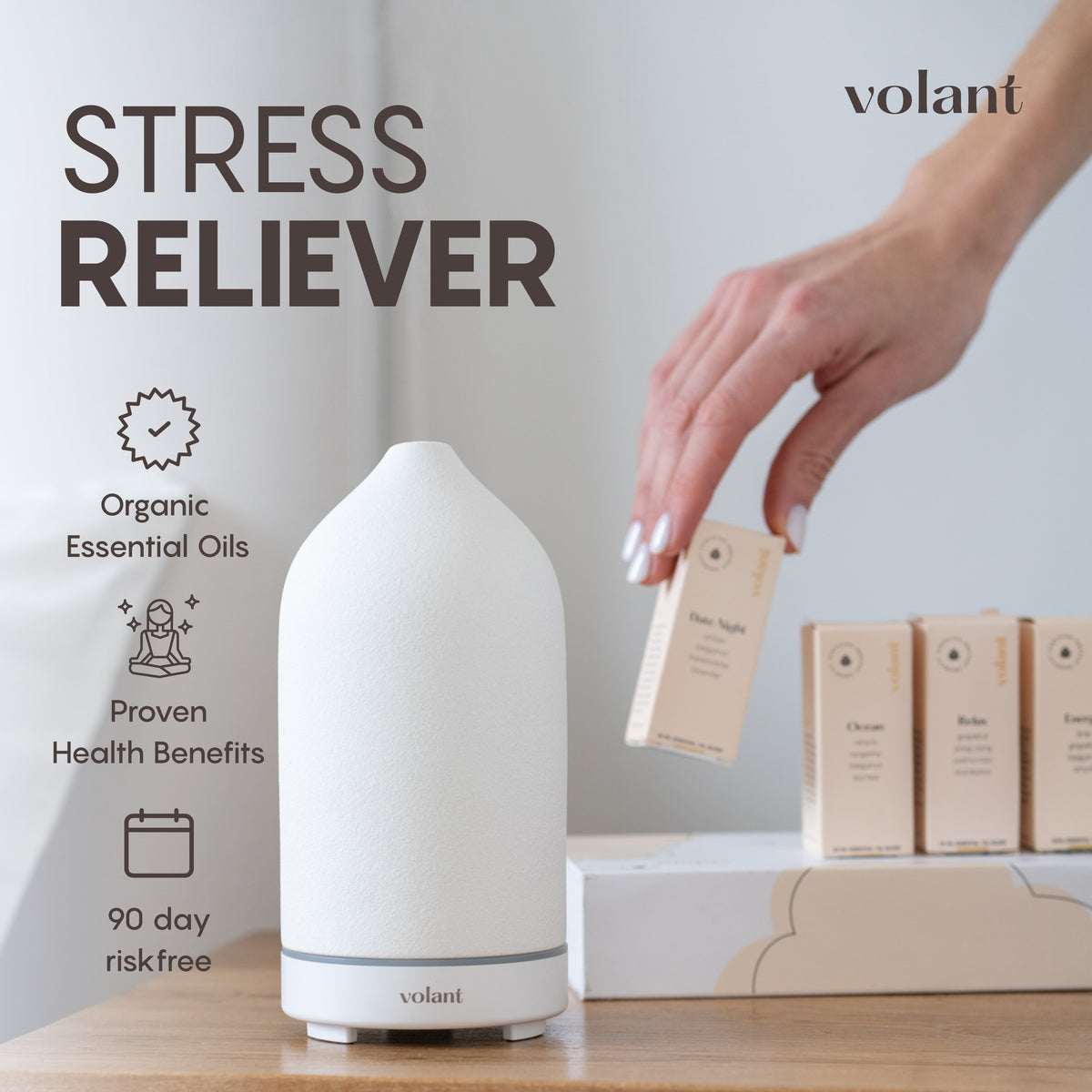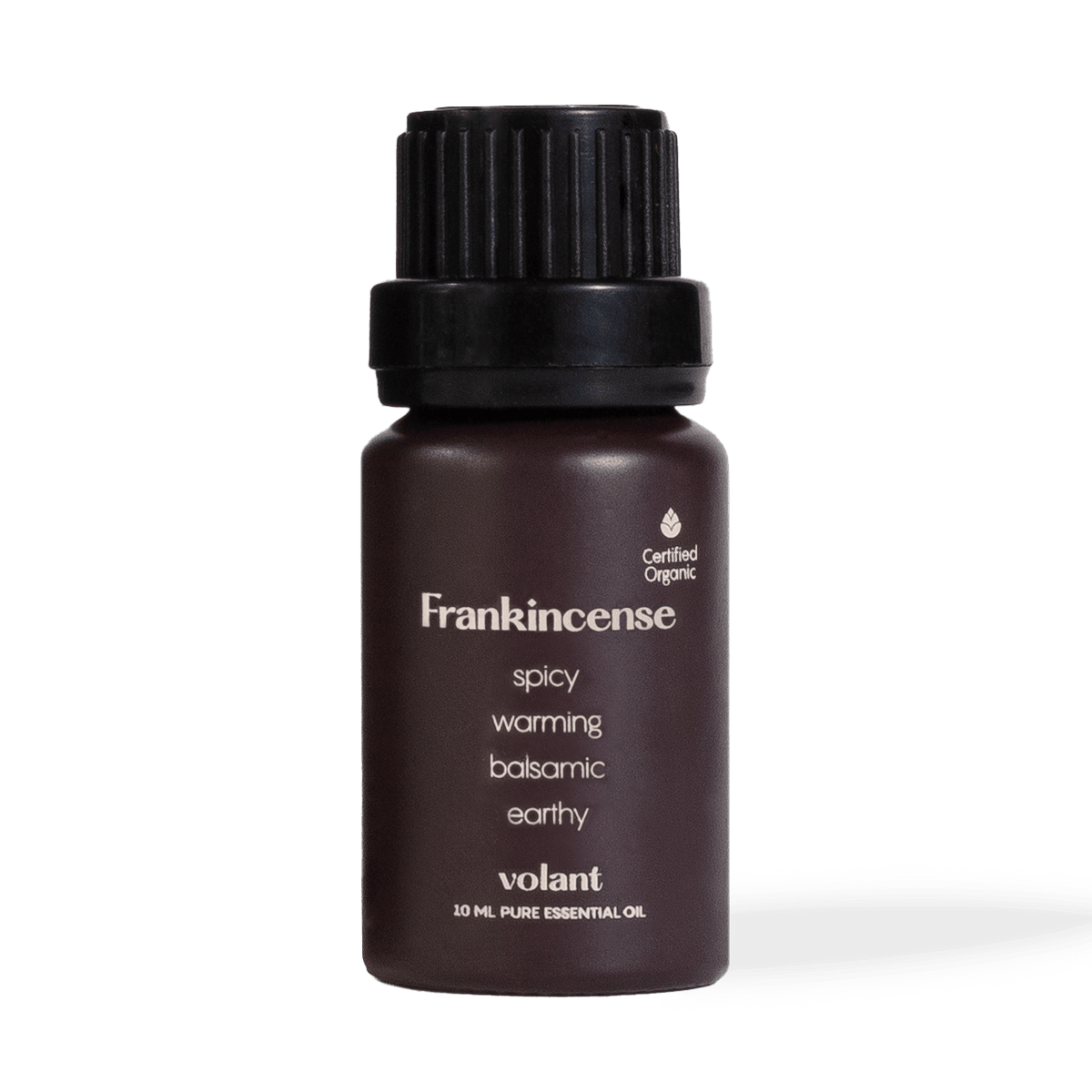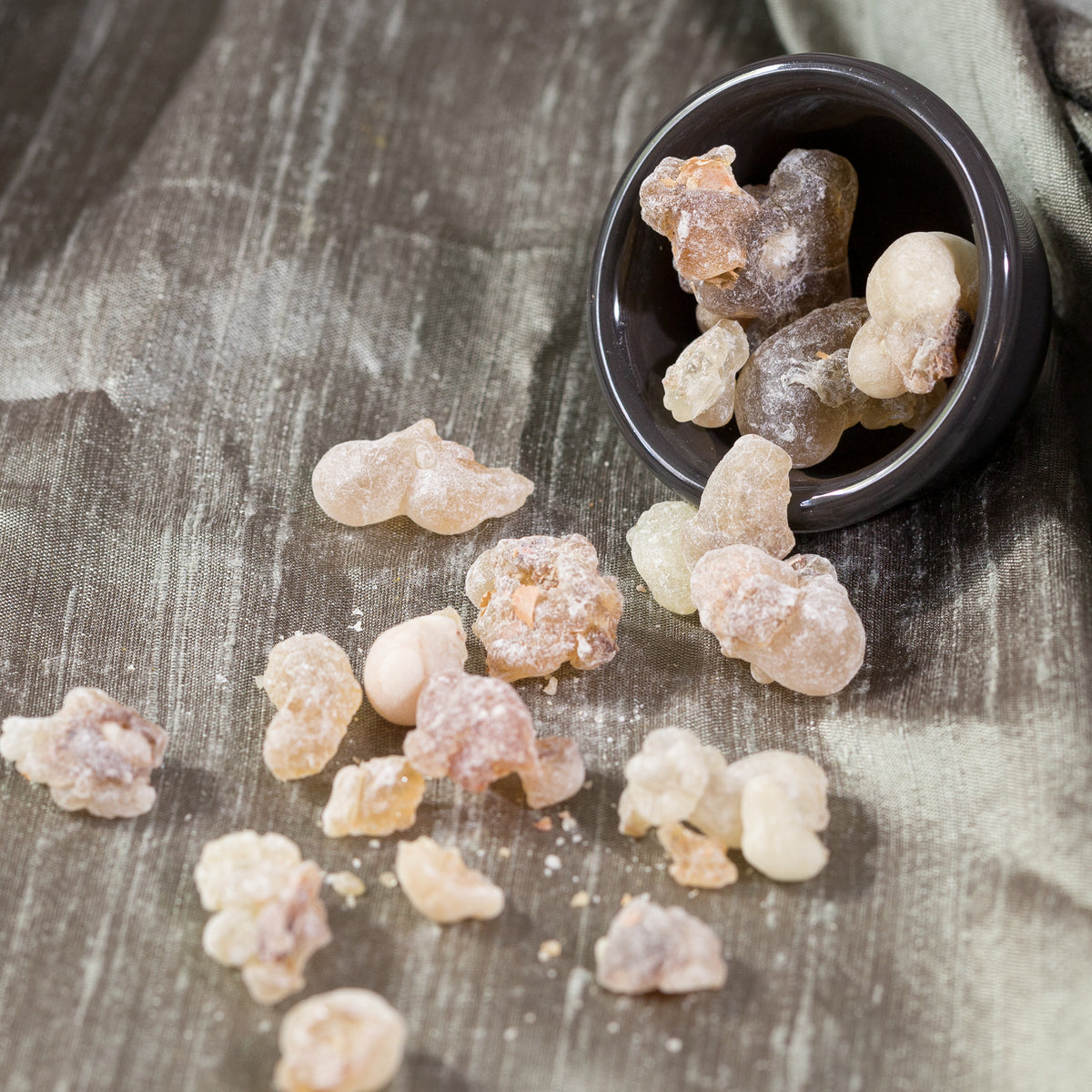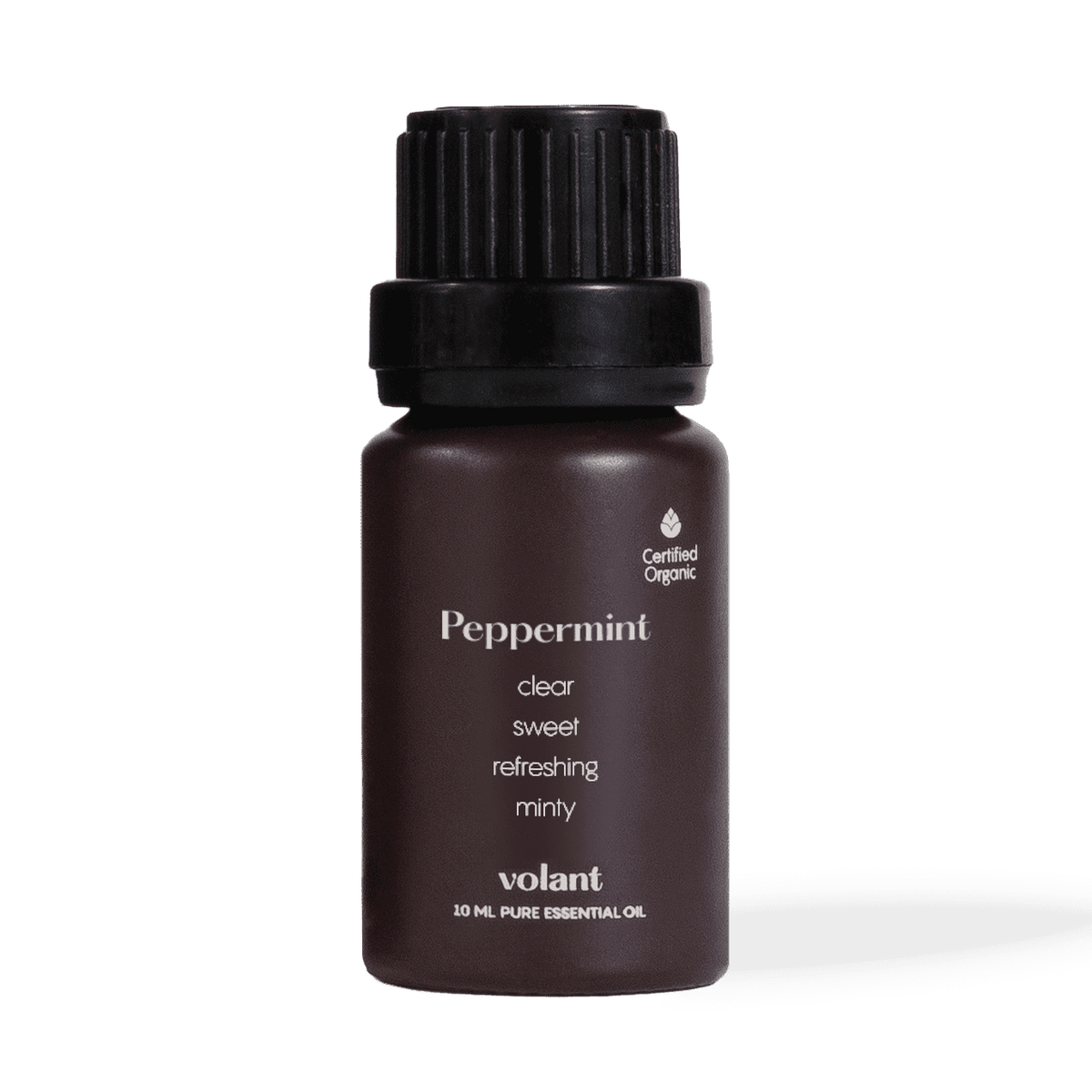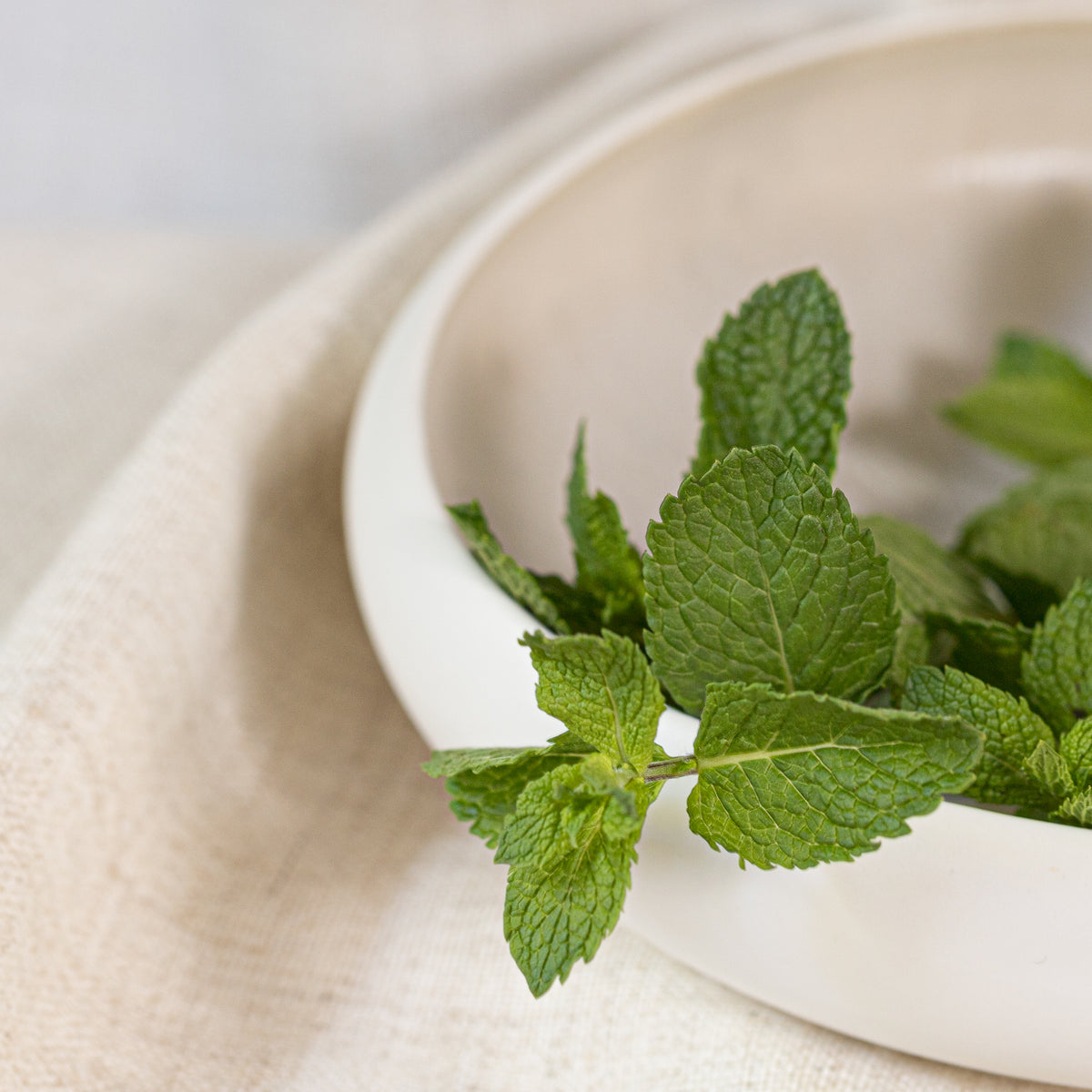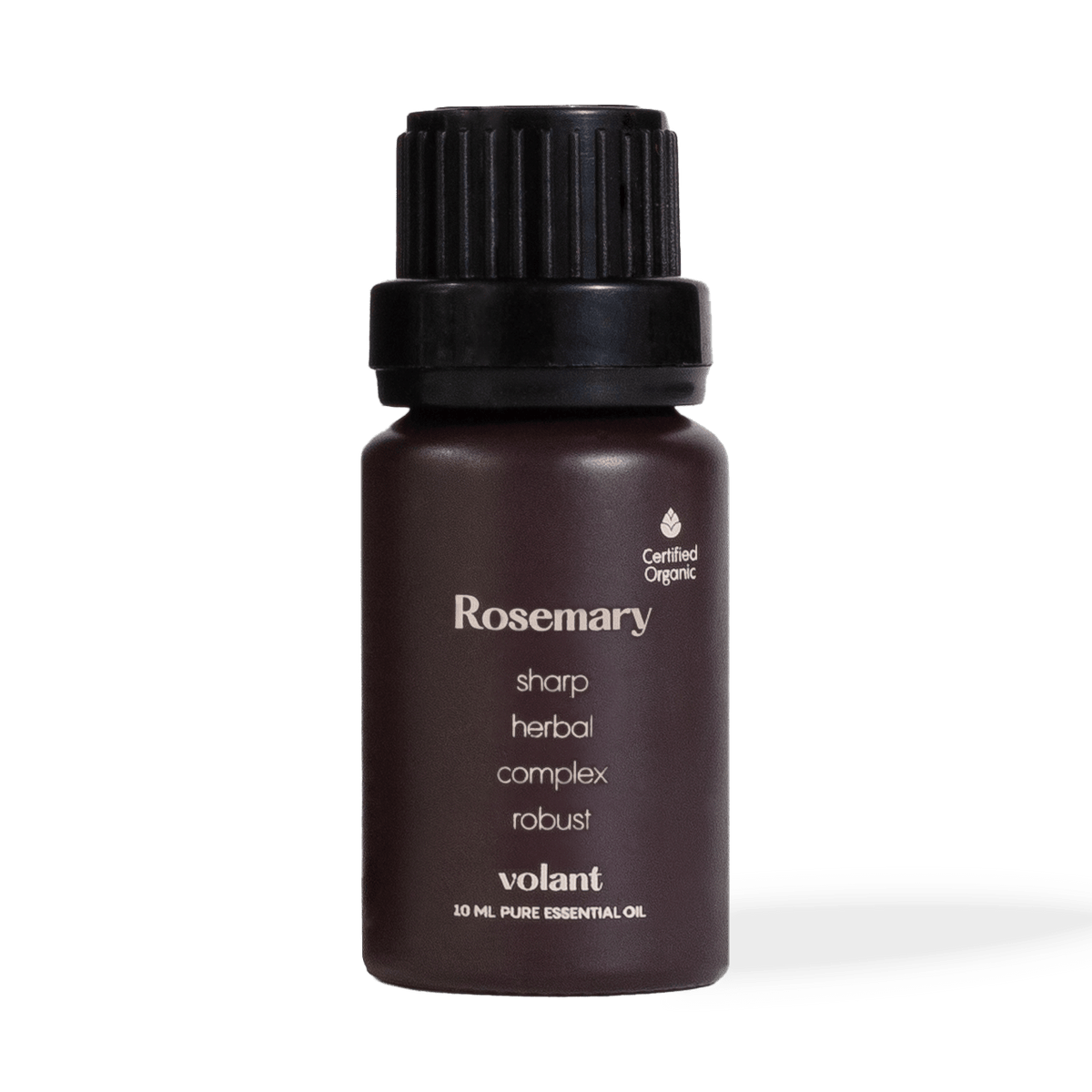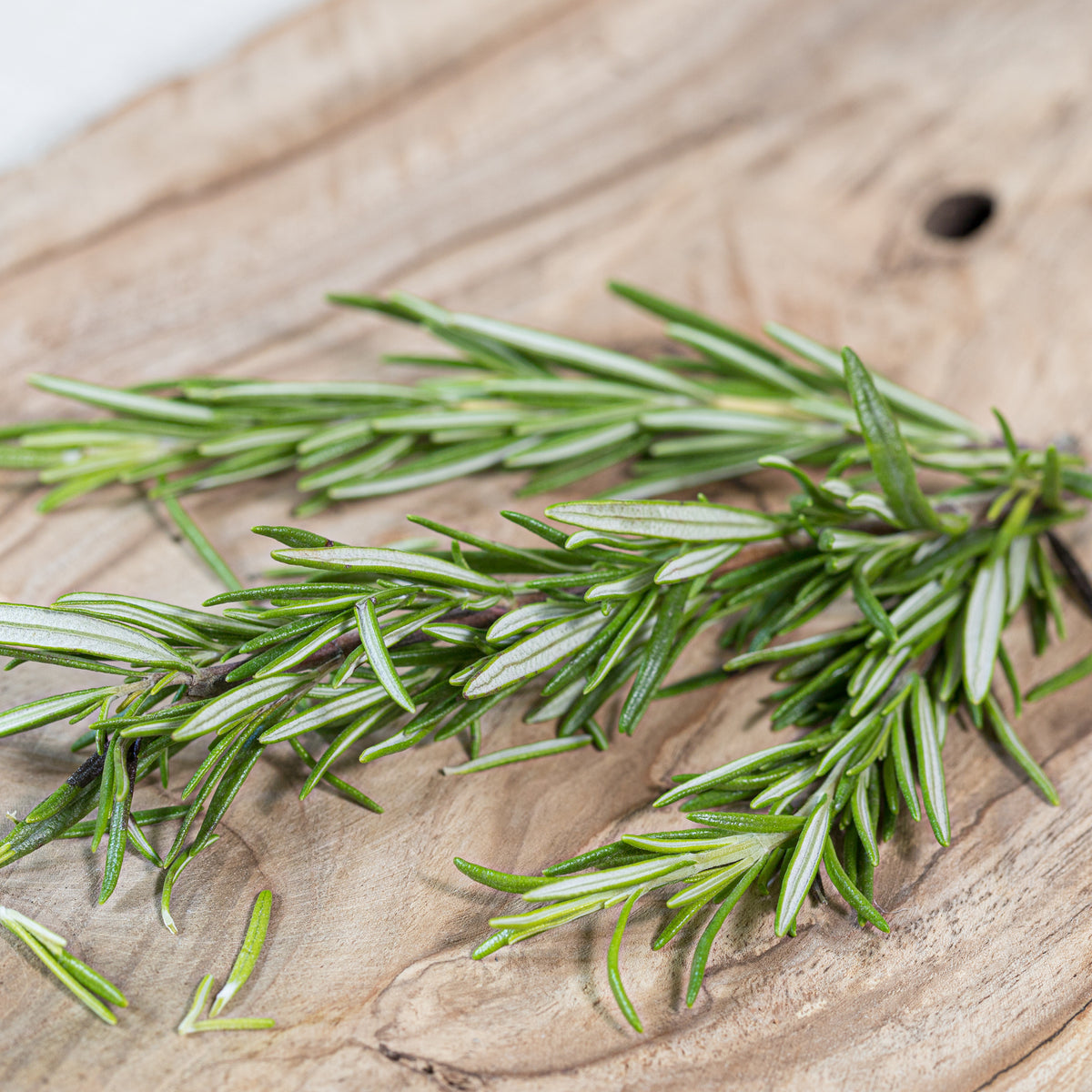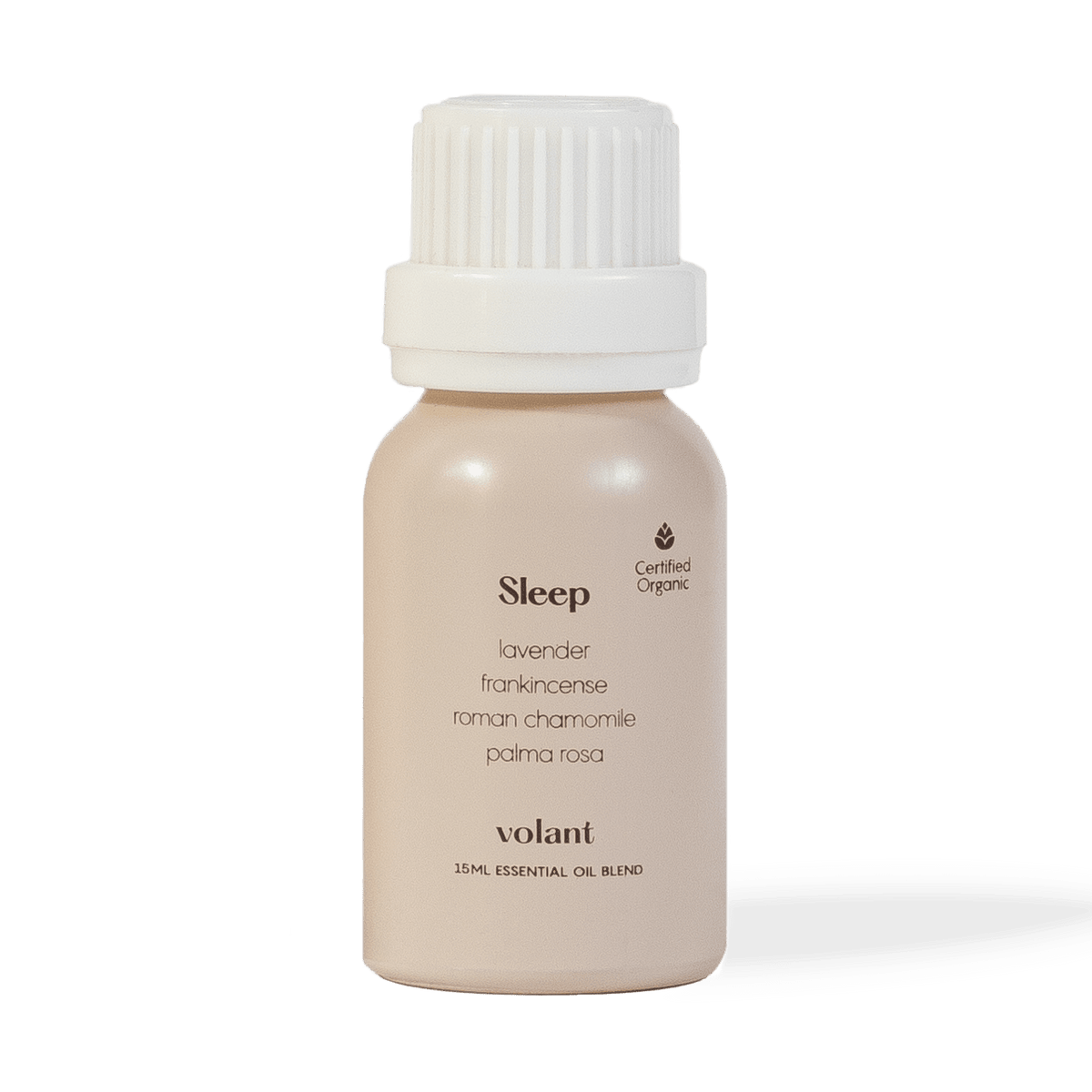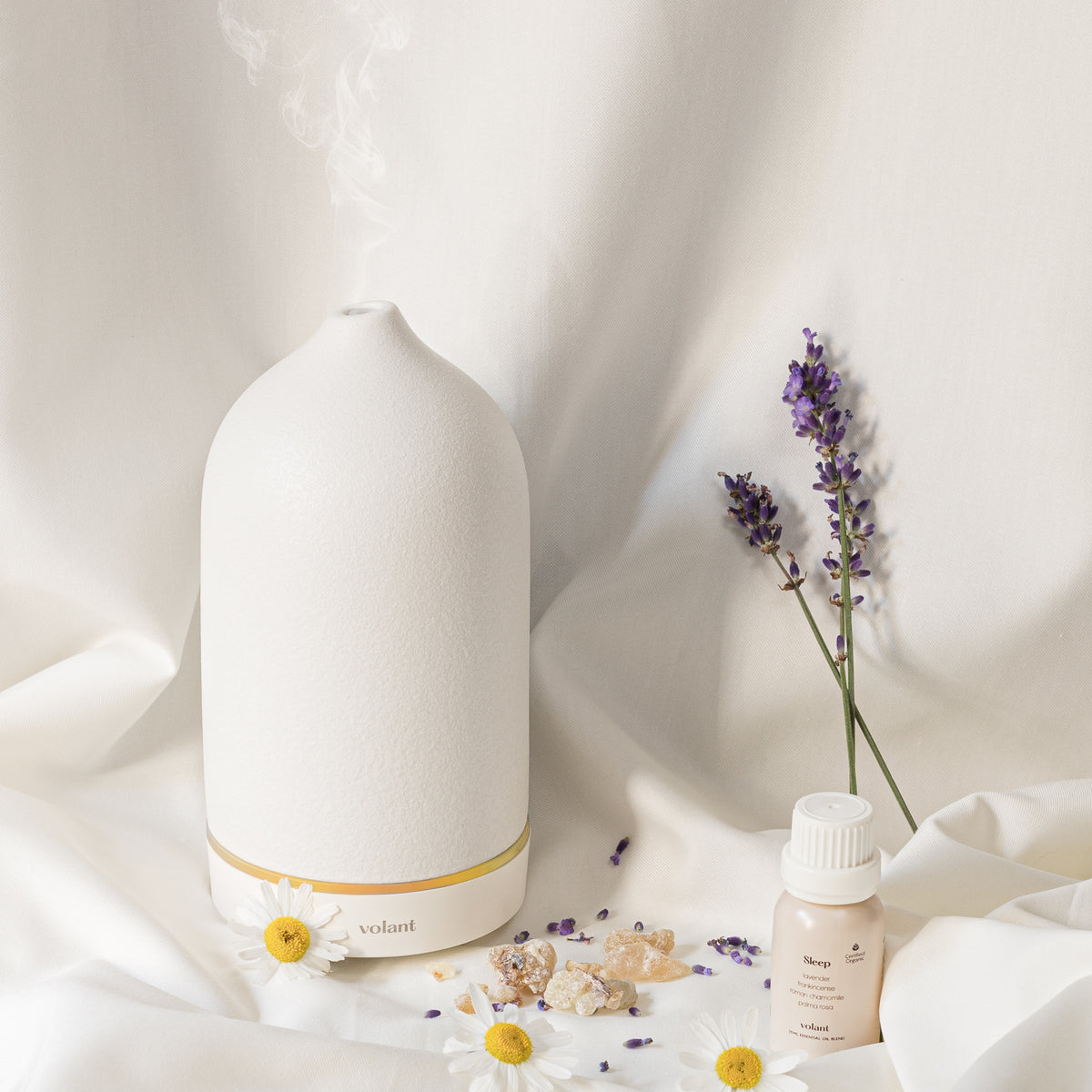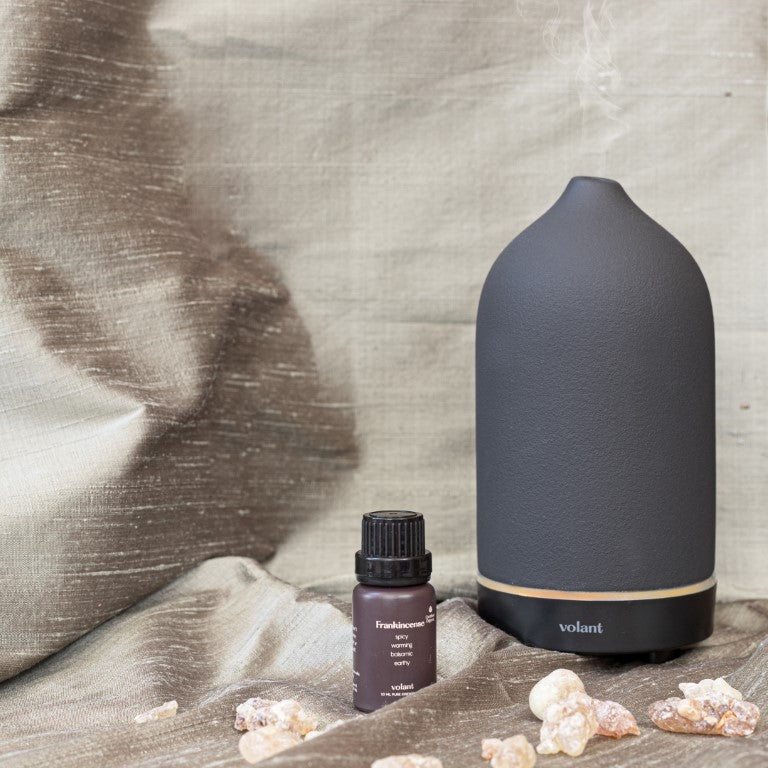Sore backs, stiff necks, swollen legs, puffy fingers… All of these conditions can make life unpleasant, or at worse, debilitating. But with essential oils, you can reduce and treat inflammation in a natural way.
If you want to bid farewell to swelling, smarting, soreness and all the other effects of inflammation, this guide can help.
Why use essential oils for inflammation?
Inflammation is one of the many ailments that have plagued human beings since time immemorial. Unpleasant as it may be, it is becoming increasingly evident that essential oils may provide an efficient way of combating swelling and the pain associated therewith in various parts of our bodies.
When your immune system responds to a perceived threat, inflammation can be one of the forms this reaction takes. The root cause of the swelling could be that you’re allergic to something, or you might be suffering from some type of autoimmune disorder. You could also have been exposed to toxins, got an infection, or suffered injury.
Your body senses that something is out of whack and sends blood cells to the affected area. These help heal damage and fight what your immune system perceives as a threat. The swelling response is what allows our systems to trap harmful bacteria and whatever other offending tissue may be the cause of the problem.
Using essential oil recipes for pain and inflammation will primarily be helpful in managing swelling that isn’t necessary for getting better. For example, your body won’t be able to tell the difference between inflammation occurring because something is seriously wrong or that which results from feeling overwhelmed and reacting physically to your stress levels.
Inflammation is triggered to assist you in getting better but, if it goes on for too long, your immune system can get worn down. Chronic inflammation can also cause a host of other problems too.
How to use essential oils for inflammation
If you are wondering what essential oil is good for inflammation, you will be glad to know that there are many options to choose from. If you want to use them topically, however, there are a few things you need to remember.
Don’t ever apply undiluted oil to your skin. A good ratio for dilution is roughly 15 drops of essential oil per six teaspoons of carrier oil.
Before you do a large application of essential oil, start off with a skin patch test. Apply your mix to the skin on the inside of one of your arms and wait for 24 hours. If no negative reaction occurs, then you can trust that the essential oil for inflammation and pain you have selected is non-toxic for you.
Since inflammation can affect your entire body, you may need to choose a specific way to address the issue. For instance, the method you select when you are using essential oils for eye inflammation will differ from the best way to apply oils for joint pain:
Bathing

If you are struggling with sore joints and stiff muscles, a nice hot bath may be just what the doctor ordered. Adding the right essential oil to your water could be the cherry on top of an already very pleasant experience. Each oil will deliver its own particular health benefits, doing much more than simply making your bath more luxurious.
Compresses

If you have got an essential oil for eye inflammation treatment that you want to try, a compress could do the trick. Certain oils relieve pain and swelling, so adding a few drops of oil to the fabric of your compress may help you recover from your infection much more quickly than you otherwise would.
Diffusion

Whether you are using just one oil or many in an essential oil recipe for pain and inflammation, diffusers are an excellent option. These allow the oils’ particles to disperse directly into the air. You’ll then be able to more easily absorb the compounds in essential oils that can help your body fight off whatever’s ailing you.
Inhalation

Once you’ve found the best essential oil for inflammation for your specific needs, you can also smell it directly from the bottle for fast-acting effects. Just ensure that your skin doesn’t come into contact with the concentrated oil.
Carefully open the bottle, place it under your nose, and inhale deeply three times.
Massage

When you’ve ascertained what essential oil is good for inflammation according to your particular requirements, you could try massaging a diluted mix of essential and carrier oil into whatever area is directly affected. This action may help reduce pain and swelling and get you on the road to feeling better faster.
The best essential oils for inflammation
When you start using essential oils for inflammation and pain, these are the top options to start with:
Frankincense

Frankincense Essential Oil is good on its own and as part of an essential oil recipe for pain and inflammation. Long famed for its powerful pain-relieving properties, this oil may boost your body’s natural immune response to stressors. It can help take you through the inflammation and healing process more quickly. Its analgesic and anti-inflammatory properties may even stop cartilage damage in people who suffer from rheumatoid arthritis.
Ginger

Ginger oil may reduce the discomfort commonly associated with joint pain and inflammation, along with lowering overall swelling in general.
Zingibain, one of the components of ginger essential oil, is primarily responsible for the oil’s anti-inflammatory properties. This is why ginger oil is so effective in dealing with anything from arthritis, migraines, and headaches, to muscle aches and tension.
Ginger essential oil may lower the level of prostaglandins in our bodies, the compounds associated with pain.
Peppermint

Its analgesic and cooling effects make Peppermint Essential Oil one of the best essential oils for inflammation. This is especially true in cases where this issue is occurring because of an injury or overworked muscle.
This oil contains menthol and menthone, each possessing anti-inflammatory agents, and is efficient in lowering the number of leukocytes in our bodies. These are the white blood cells that are sent to points of injury in the body and can contribute to swelling.
Rosemary

A very effective essential oil for eye inflammation because it reduces the compounds in our bodies that contribute to the issue, Rosemary Essential Oil hastens your body’s natural healing processes.
It increases blood flow, making it possible for the right amount of white blood cells to reach an injured area more quickly and thus reduce how long you take to recover from your injury.
Thyme

Thyme oil is earthy and herbal and should absolutely be in your medicine cabinet. If you’re looking for an answer to the question, what essential oil is good for inflammation?, you’ve found it.
If you’re struggling with bronchial inflammation related to asthma adding thyme essential oil to the list of ways you treat this condition may help you to manage it.
Turmeric

Turmeric is a spice beloved by chefs the world over and anyone who loves zesty food and, in its essential oil form, it’s a wonderful anti-inflammatory. With potent antioxidant properties thrown into the mix, you can use this oil to lower levels of oxidative stress and the inflammation that goes hand-in-hand with this condition.
Turmeric oil also contains curcumin, which may have anti-arthritic benefits.
Research Findings
The best essential oils for inflammation and pain are those rich in antioxidants because these compounds reduce the damaging effects of these conditions.
We all know how important eating foods rich in antioxidants is to stay healthy, but researchers are also finding that certain oils can help in these areas.
COX-2 activity suppressed by essential oils
COX-2 enzymes are responsible for creating prostaglandins which, in turn, are involved in inflammation. This 2010 study found certain essential oils may suppress COX-2 activity.
The list includes clove, Eucalyptus Essential Oil, fennel, rose, and thyme.
Aromatherapy’s value as a natural healer
With ever more conclusive evidence becoming available of how well certain essential oils work for particular conditions, studies like this one reveal that aromatherapy is an immensely viable treatment option for people struggling with certain health issues.
Considering that essential oils do not simply eradicate the symptoms of disease but also rejuvenate our entire systems, it's thus highly recommended that they be used as both prevention and cure.
The efficacy of aromatherapy and pain management
2016 research found that there is a notably positive outcome when aromatherapy is involved in pain reduction treatments. Ginger, Lavender Essential Oil, lemongrass, orange, and peppermint were used in the study.
The power of yarrow essential oils in combating inflammation
Essential oils and other types of Achillea extracts all exhibit antibacterial, antifungal, antimicrobial, herbicidal, and antioxidant properties, as proven in this study.
These functions serve to hinder antiinflammatory outcomes for various conditions in our bodies.
Essential oil recipes for pain and inflammation
You can blend essential oils to create a specific aroma or to harness’ various oils’ therapeutic benefits at the same time. Don’t be afraid to get creative when you start coming up with your own essential oil recipes for pain and inflammation.
Explore what makes a pleasant, effective blend by checking out expertly mixed oil combinations like:
Volant’s Sleep Blend

A lack of sleep can severely impact how you respond to inflammation. The frankincense, lavender, palma rosa, and Roman chamomile in Volant’s Sleep Blend may help you get the downtime you need to manage your pain.




